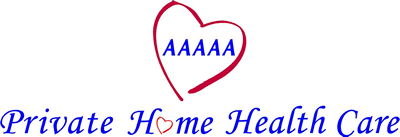Play Outside Day
Tomorrow is Play Outside Day. It was started in 2011 by Aaron Wiggins and Rhonda D. Abeyta who were concerned about the time spent indoors on digital devices. The day emphasizes ditching all screens, including games, tvs, and social media.
Private Home Health Care loves this day and believes time outdoors is important no matter our age. Whenever you can you should try and get outside. Whether you can walk outside yourself, if you need assistance or if you use a wheelchair it is so beneficial to get outside for fresh air.
Being outside can change attitudes and can touch all the senses. We encourage caregivers to take time to make sure that those they care for can get outside, even if for a short time.
Have some outdoor fun!!
Posted in: Healthcare
Leave a Comment (5,178) →
